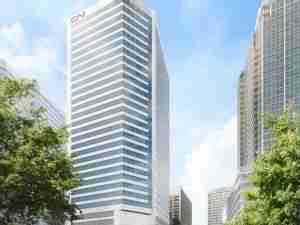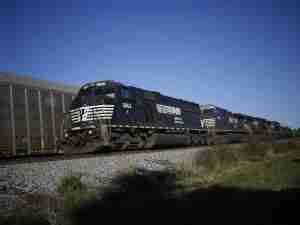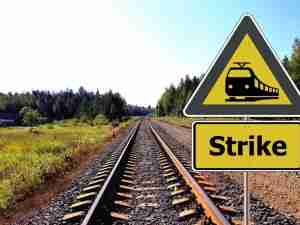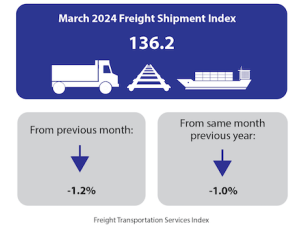As it stands, investors have William Ackman's claim that CP can be turned into one of North America's top-performing railroads under a new chief executive who did just that at rival Canadian National Railway. But there's little else.
That may change when Ackman, whose New York-based Pershing Square Capital Management is CP's biggest investor, takes to the stage at a town hall-style meeting in Toronto, in his first public appearance to talk about Canada's No. 2 railroad.
Flanking the 45-year-old, salt-and-pepper-haired hedge fund manager will be his four fellow nominees for CP's board, as well as respected railroader Hunter Harrison, the former chief executive of CN Rail and Ackman's choice to replace CP's CEO, Fred Green.
"Right now, all that there is, is that Hunter Harrison is a good guy and a good manager and that he turned CN around and therefore he will do it at CP," said Bruce Campbell, president of Oakville, Ontario-based Campbell & Lee Investment Management.
"What I would be looking for is more definitive numbers. I would be looking for something that I can get my teeth into," Campbell said.
Those who have heard Ackman speak expect a slick well-researched presentation from the fund manager, who has not been shy to tackle the boards of U.S. retail companies he believes are underperforming, such as Target and J.C. Penney.
"He is very articulate. He puts his time in. This is not going to be some willy nilly presentation," said Edward Jones analyst Brian Yarbrough who has seen the Harvard Business School graduate speak.
"He will put up slides that show what management has done. It is probably not going to paint a pretty picture for Fred Green," Yarbrough said.
Worst in Class
The battle for CP has zeroed in on its operating ratio, the gold standard for measuring efficiency in railroading. The lower the ratio, which measures what percentage of revenue is needed to run the railway, the more efficient it is - and generally the more profitable.
At 81.3 percent, CP's operating ratio is the weakest of North America's six big railroads. It hasn't helped CEO Green that it has weakened under his watch since 2006. Rivals Union Pacific, CSX Corp and the like have ratios closer to 70 percent.
Best-in-class CN boasts a ratio of just 63.5 percent. Much of its efficiency gains came during Harrison's tenure, first as chief of operations and then as CEO. He retired in 2009.
Ackman believes Harrison, 67, will be able to weave the same magic at CP and slash its bloated ratio to 65 percent by 2015. CP and some analysts, including National Bank Financial analyst Cameron Doerksen, think this is "overly optimistic".
"The potential for lowering the operating ratio has always been one of the most appealing things about CP," said Michael Sprung, president of Toronto-based Sprung Investment Management, which owns a "small number" of CP shares.
"What we don't want is to see it done in such a slash and burn way that it wreaks havoc on the company," Sprung said.
CP, which operates 15,000 miles (24,000 km) of track across Canada and into the northeastern United States and Midwest, cranked up its defense against Ackman last week in the form of a less glitzy investor road show.
CP believes it can cut its operating ratio to the 70-72 percent range by 2014, mostly by increasing cargo volumes, but also by raising prices for customers and finding cost savings.
"A lot of it comes down to how compelling Pershing Square can make the argument that it can get an operating ratio materially below 70-72 percent," said Peter Nesvold, an analyst at Jefferies & Co.
"If they can put together a credible presentation, the status quo may not be enough. Absent some kind of compelling presentation, there is a fairly high level of inertia," he said.
If nothing else, the presentatio







